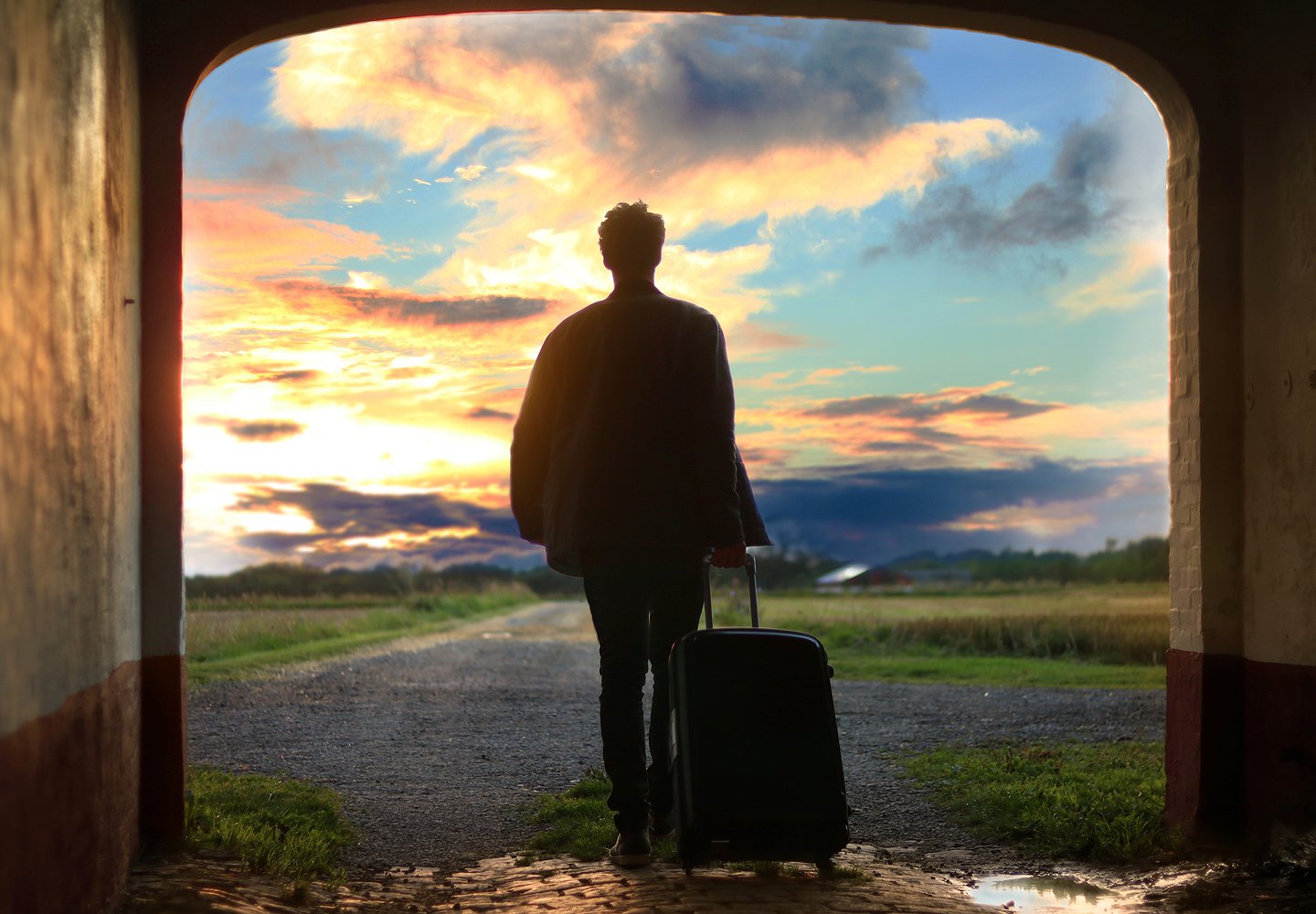As travel corridors opened briefly last summer, travel brands tried to predict who would re-ignite the travel industry after its sharp decline. However, after another wave of strict lockdowns and the global vaccine roll out, consumer behaviors have shifted once again. In this evolving landscape, where mindsets are in constant flux, understanding consumer tensions will be crucial for travel brands to adapt at pace and thrive as the travel industry opens once again. We've identified three tensions that we believe will be critical to recovery.
- While younger audiences yearn for freedom to travel, older audiences will have the protection and means in the short-term.
Younger audiences showed an initial willingness to travel.
Travel during the summer of 2020 was no doubt driven by young cohorts, with less risk aversion, less health risks and a greater likelihood to prioritize exploration. As travel brands plan their recovery strategies then, they may be considering how they can appeal to younger travelers.
However, older travelers may have the means to travel first.
Studies indicate that younger generations have suffered the greatest financial impact* as well as uncertain future job prospects, putting older generations in better financial health. In addition, vaccination roll outs prioritize older, vulnerable audiences further impacting travel demographics. In the U.K. for example, TUI announced 50% of bookings since last summer came from over 50s**. In markets with slower vaccination roll outs this may be more pronounced.
This means travel brands shouldn't rely on younger audiences to drive recovery alone.
Brands should consider their core proposition and where both short- and long-term demand is likely to come from. If your brand traditionally wins with Gen X and Baby Boomers, pivoting heavily towards younger travelers is unlikely the answer.
The takeaway for marketers: It has never been more important to look beyond static, demographic audiences. Instead, travel brands should have an empathetic understanding of individual traveler motivations and the ability to harness this shifting demand in real time.
- Travelers are dreaming of bucket list destinations. However, connection with friends and family comes first.
People haven't stopped planning their dream trips.
In fact, AMEX's travel report*** indicates that 76% of respondents are actively creating wish lists ahead of travel resuming. Those with the funds are also looking to indulge, with 61% planning to spend more than usual on a trip*** and many reports citing the exploration new or preferred destinations amongst the top motivations for travel.
However, time with loved ones comes first.
The reality is that international travel is unlikely to be back in full swing in 2021. This, along with extended time away from loved ones, means that before experiencing far flung adventures, people are likely to prioritize connecting with friends and family with a relaxed and safe trip.****
This means travel brands should consider a phased approach and harness advocacy to motivate travelers.
In the short term, focus on domestic trips with loved ones, pushing group accommodation and road trips to those showing an interest in travel. To kick-start international travel, repeat visitors and VRF (visiting friends and relatives) will be key. Brands should consider how they harness the experiences of these initial travelers to instill wider confidence through advocacy.
For the longer term, continued use of aspirational channels and messaging remains crucial, to ensure travel, in particular your brand, is at the top of consumers' priorities when the time is right.
- While some can't wait to get back to indulgent experiences, for others it will be a cautious re-entry.
Open space and sustainable travel are front of mind for travelers.
After so long in isolation we have become accustomed to open space and keeping distanced from crowds, with over 60% of people globally saying they are "avoiding crowded public spaces" according to OMD's proprietary Fast Start Dashboard. This is reflected in the needs of travelers, with Tripadvisor***** reporting a significant rise in rural and nature-focused trips searches. The pandemic also shone a spotlight on the negative side-effects of tourism, driving a renewed interest in sustainable travel solutions such as eco lodgings.
Yet a yearning for culture means there is still a place for city breaks.
While there is a desire for sustainable travel, not everyone is ready to sacrifice indulgent and cultural travel experiences. Recent reports suggest that culinary travel is still one of the top requirements for travelers,*** giving hope for urban tourist hotspots around the world.
To succeed, travel brands will need to work hard to provide new and exciting experiences without compromising on sustainability credentials.
Reimagining well-known locations by highlighting lesser-known aspects, allowing travelers to play their part in reducing the impact of that tourism, will be fundamental. As highlighted in OMDs Travel Revolution, embracing AI developments will allow travel brands to innovate and gain distinction while helping more travelers get off the beaten track. Tech that empowers and diversifies consumer choice will grow in importance with a likelihood of consumers taking less trips but doing so for longer periods, impacting the construct of the "city break" as we previously knew it.
External Sources:
*The International Labour Organization
** BBC News
*** AMEX Travel Report
**** Airbnb
***** Tripadvisor COVID-19 Whitepaper
Click the social buttons to share this story with colleagues and friends.
The opinions expressed here are the author's views and do not necessarily represent the views of MediaVillage.com/MyersBizNet.




